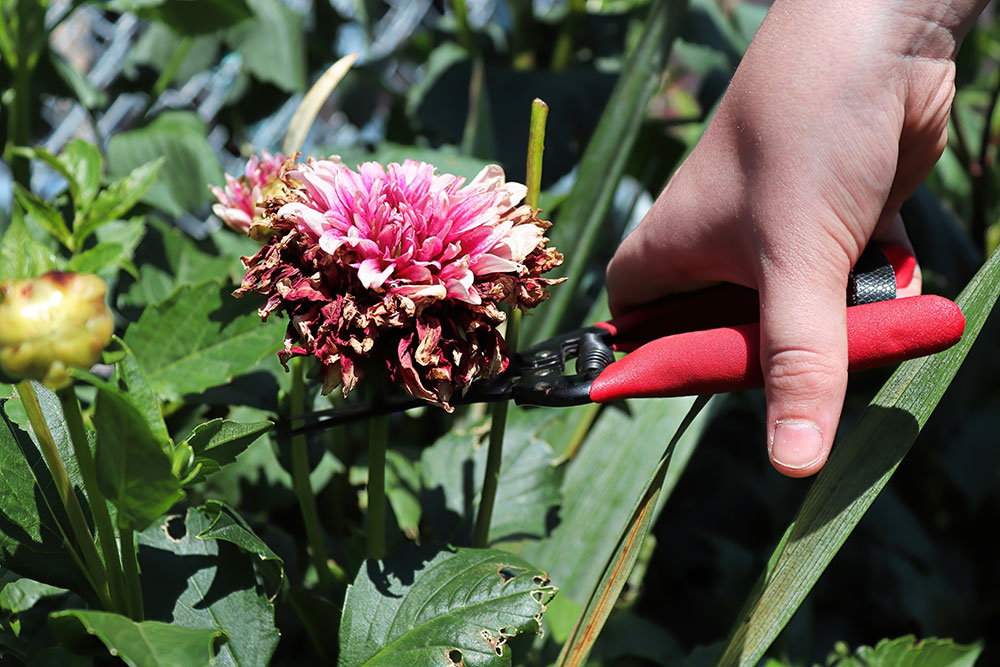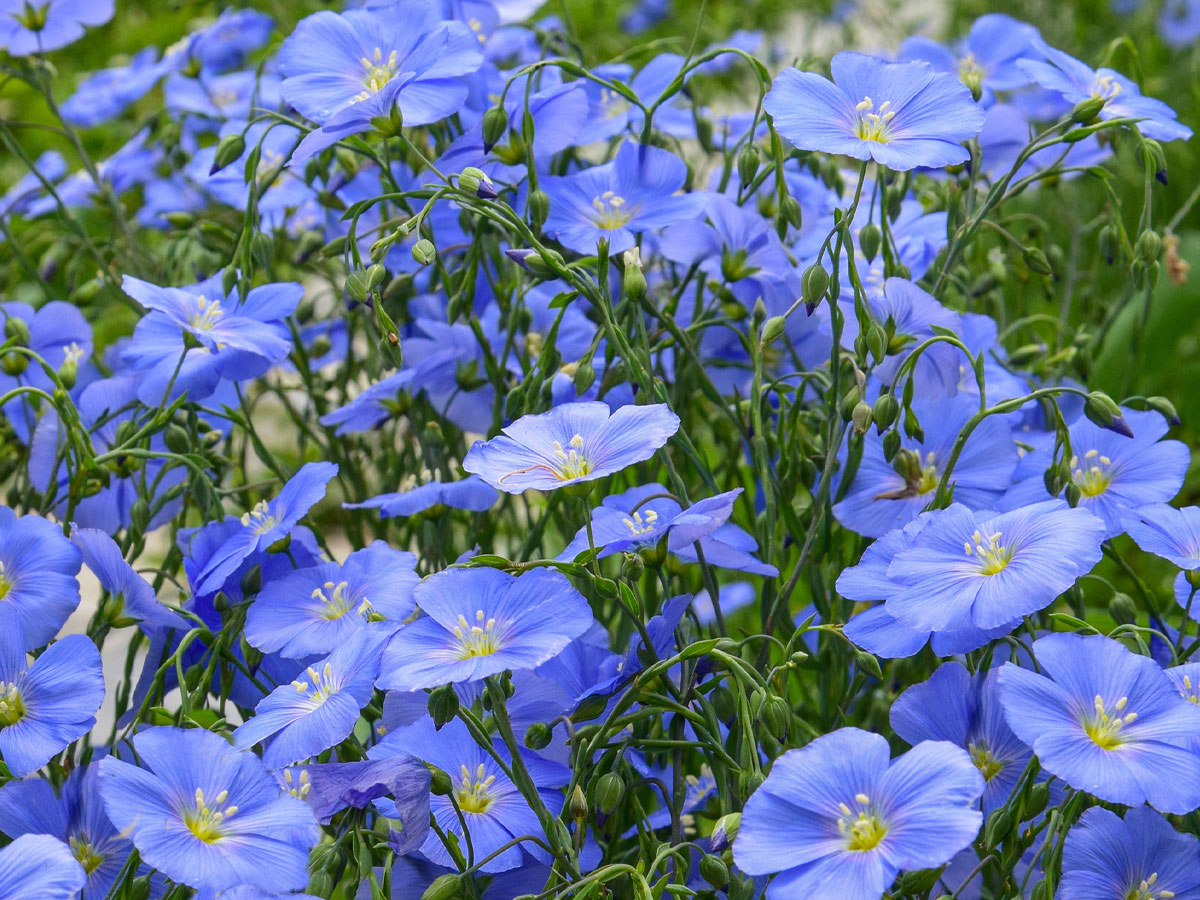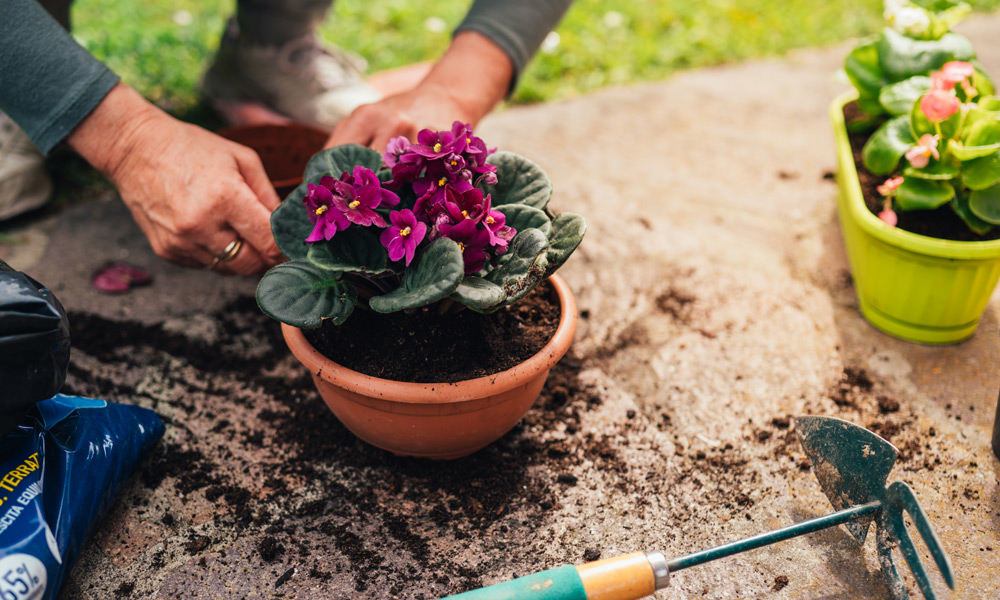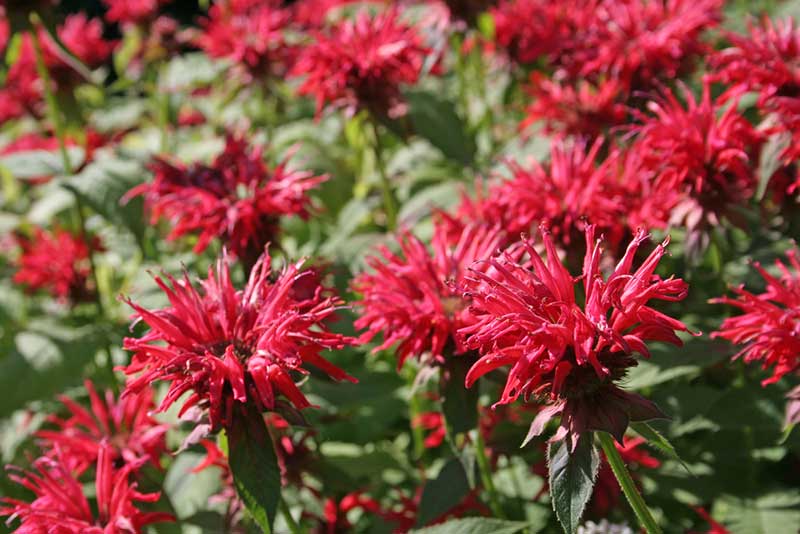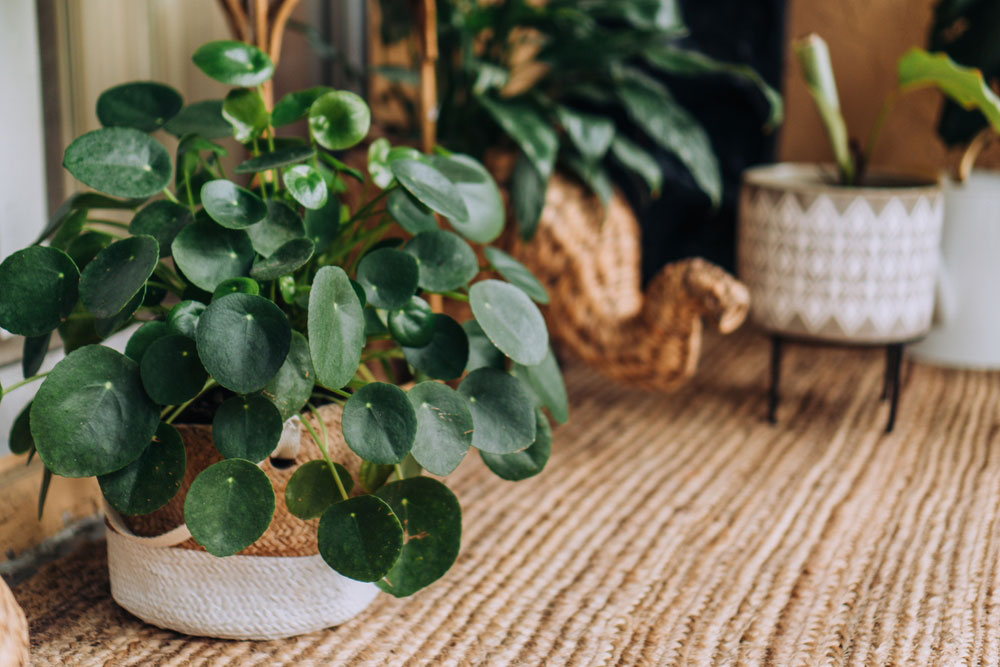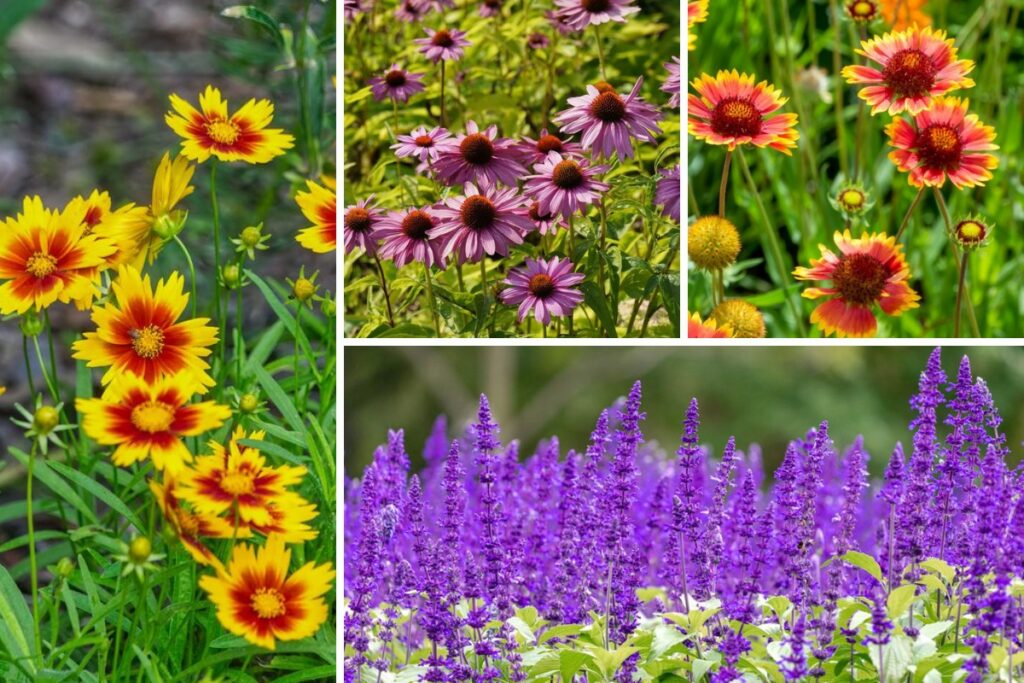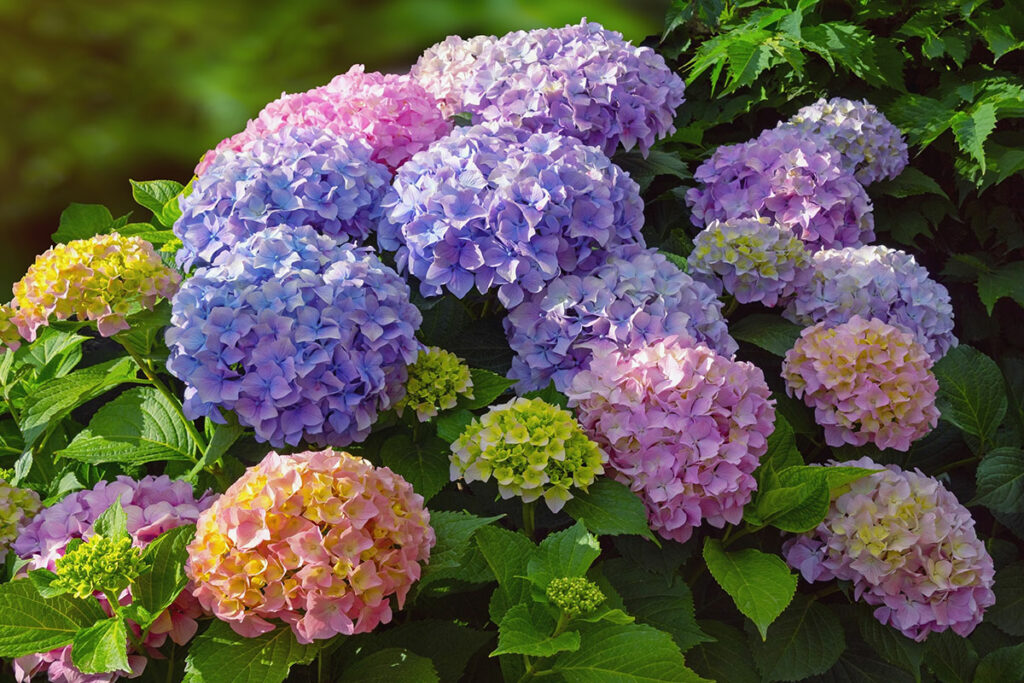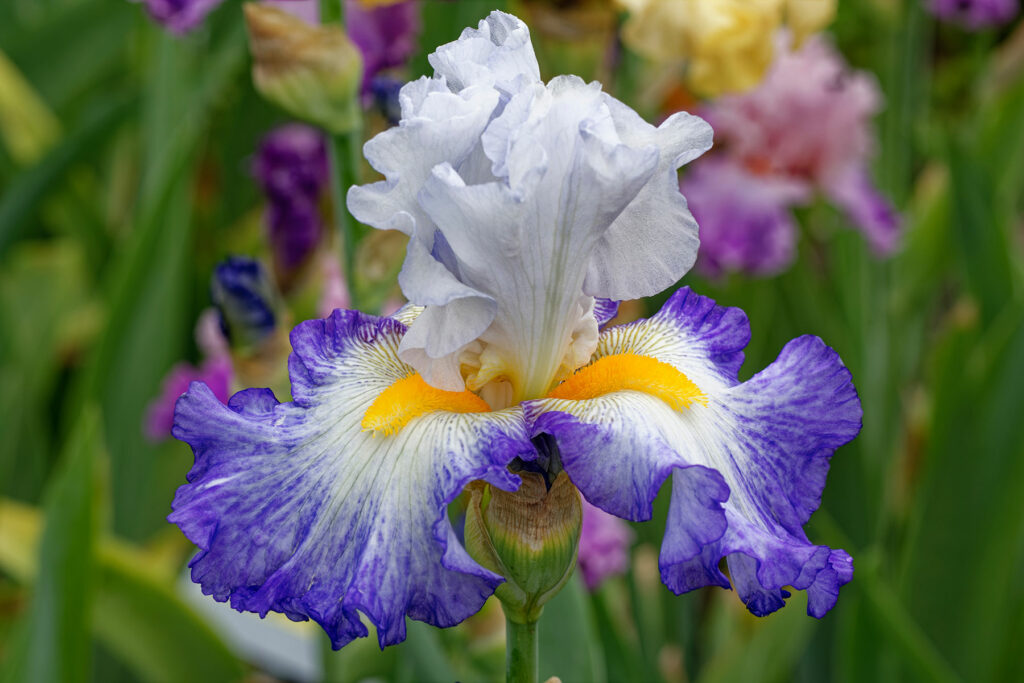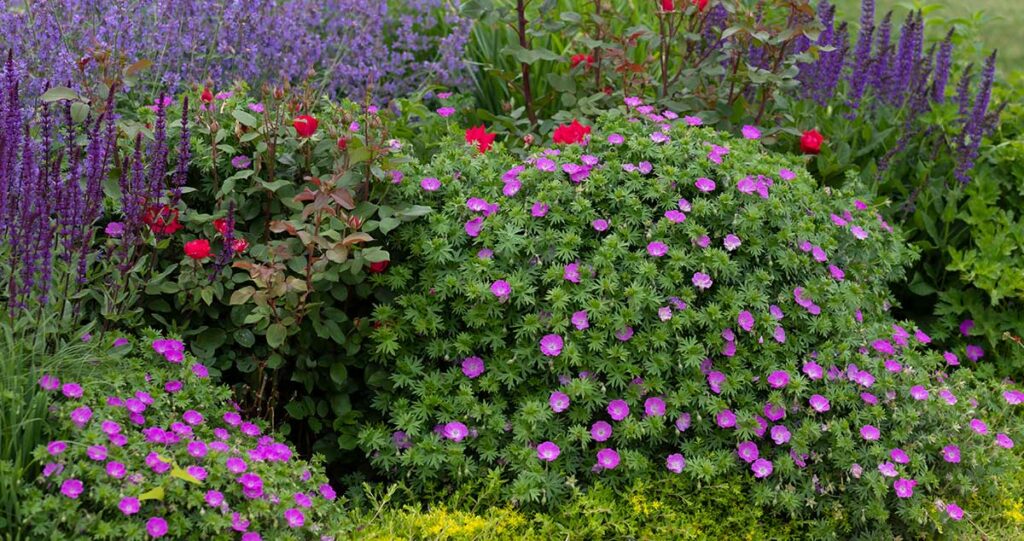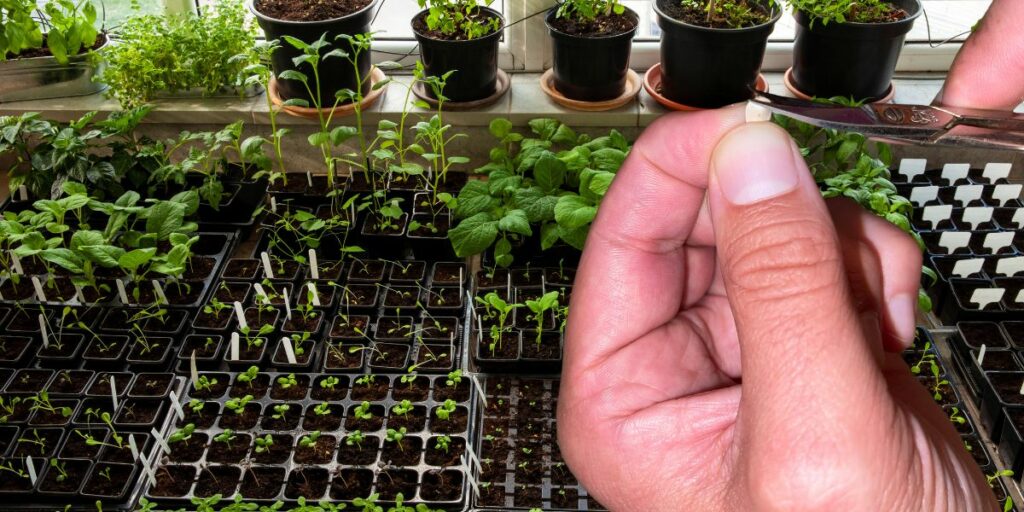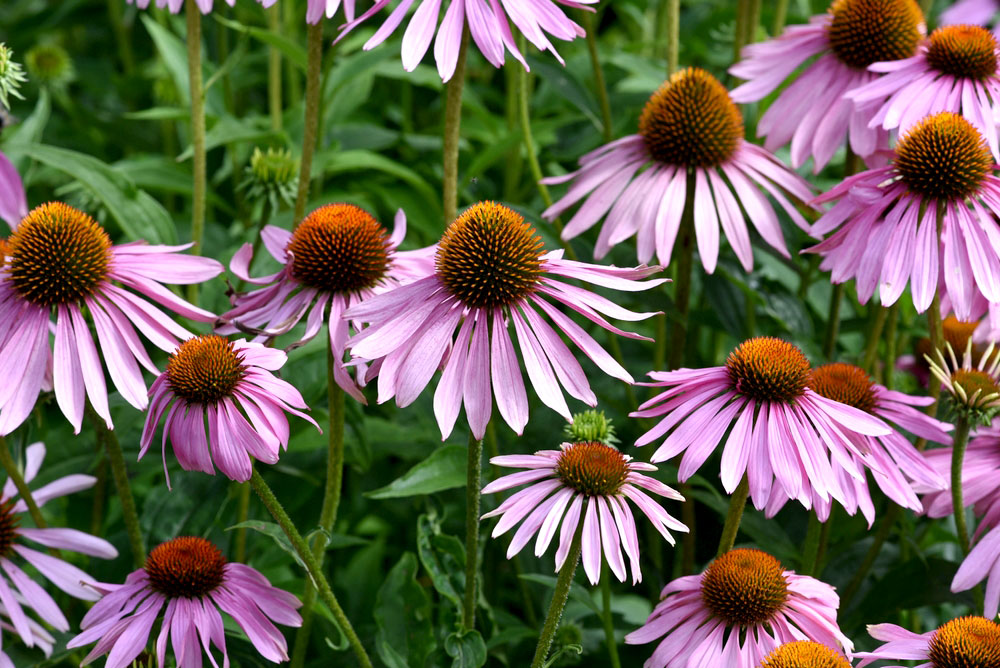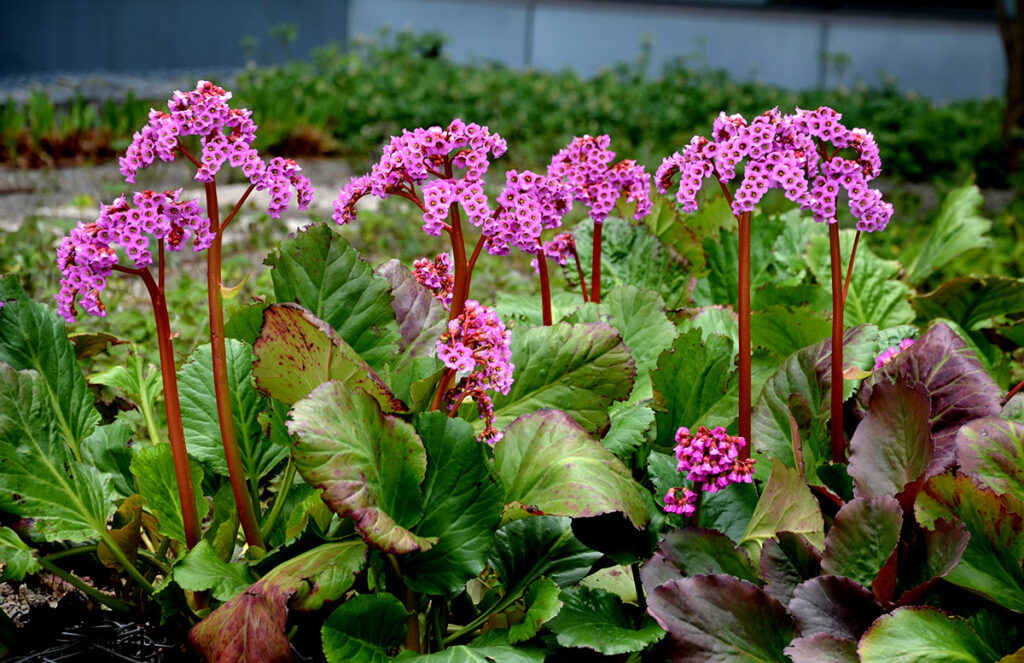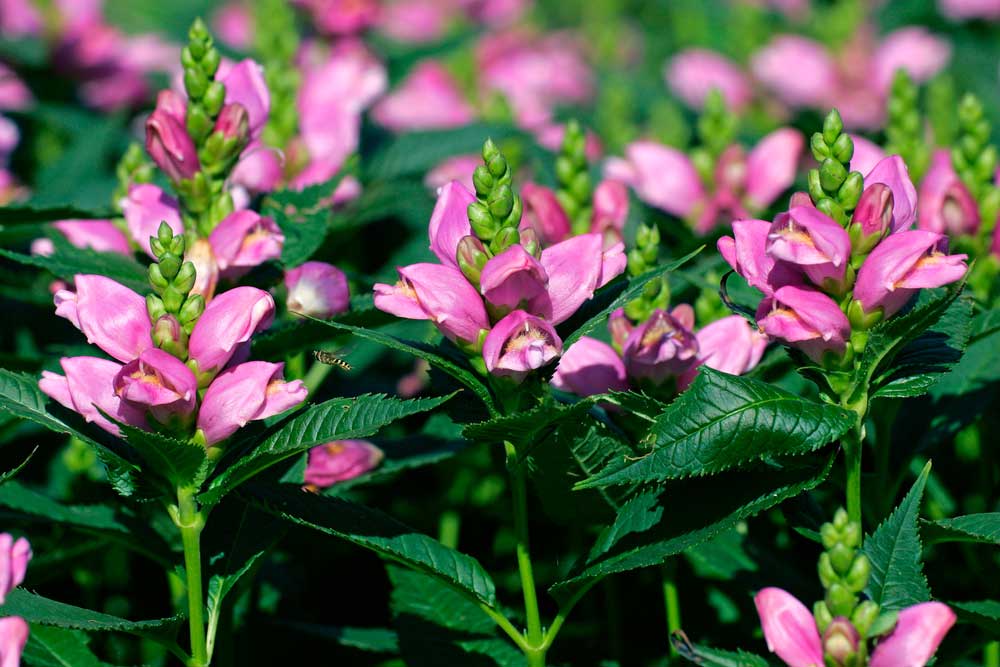
Growing turtlehead plants, known as Chelone spp., can be a delightful experience for any gardener.
These perennial beauties are native to North America and thrive in moist conditions, making them perfect for those slightly soggy corners of the garden.
To successfully cultivate turtlehead, ensure they have access to consistently moist soil with partial to full sun exposure.
Turtlehead plants are not only attractive with their snapdragon-like blooms but also beneficial for wildlife, drawing in hummingbirds and bees.
They perform well in USDA hardiness zones 3 through 9, providing versatility for gardeners in various climates. This adaptability, combined with their vibrant colors, makes them a valuable addition to any landscape.
A key to their successful growth is understanding their natural habitat and trying to mimic those conditions. They thrive in areas adjacent to streams or ponds, areas that have rich, organic soil. By incorporating these elements in your garden, turtlehead plants will flourish, adding charm and color to your space.
Getting to Know Turtlehead Plants
Turtlehead plants, known in Latin as Chelone spp., are fascinating perennials native to North America. They thrive in moist environments, often found along stream banks and woodland edges. These hardy plants make an attractive addition to gardens with their lush green foliage and vibrant flowers.
Turtlehead blooms late in the summer through early fall. The flowers resemble the shape of a turtle’s head, inspiring their common name. Colors can vary among species, featuring shades of white, pink, and purple.
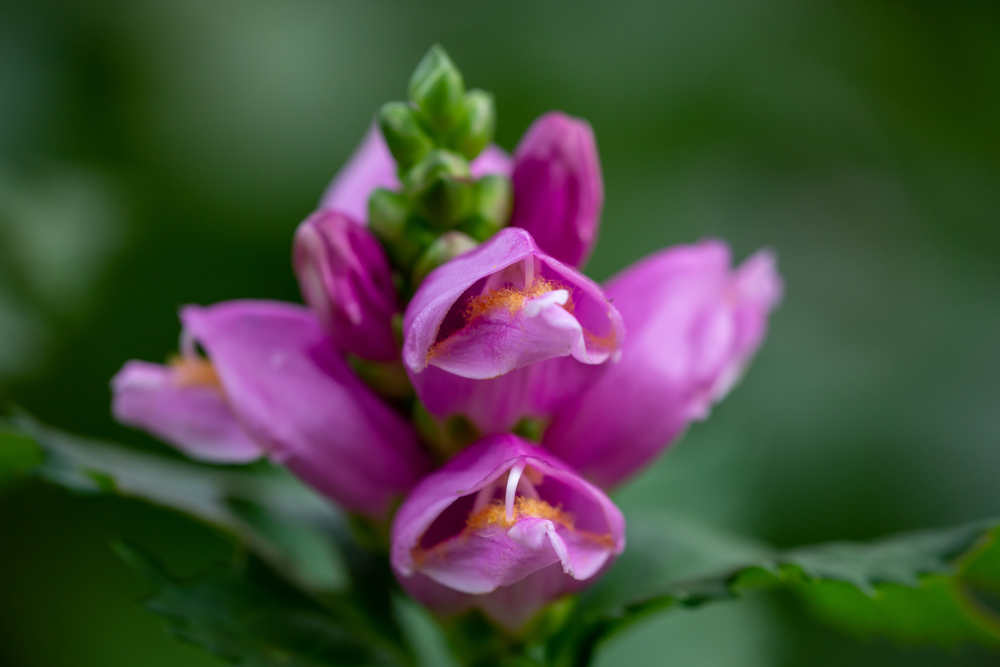
Key Characteristics
- Height: Typically grows between 2-4 feet
- Spread: About 1-2 feet wide
- Flower Colors: White, pink, or purple
- Hardiness Zones: USDA zones 3-8
Growing Conditions
These plants prefer full sun to partial shade. They flourish in rich, well-draining soil with a slightly acidic to neutral pH level. Regular watering is essential, especially during dry spells.
Wildlife Attraction
Turtlehead plants are a favorite among pollinators. They attract bees, hummingbirds, and butterflies, including the Baltimore checkerspot butterfly whose larvae feed on the leaves.
Maintenance Tips
Minimal maintenance is needed for turtleheads. Pruning dead stems in late winter or early spring can encourage new growth. They are generally pest-free but may require protection from slugs in moist conditions.
With proper care, turtlehead plants can brighten up gardens, adding both beauty and biodiversity.
Planting Your Turtlehead
Planting turtlehead requires selecting a suitable location with the right light conditions, ensuring well-prepared soil, and following systematic planting steps.
Choosing the Right Spot
When selecting a spot for your turtlehead, look for a location that receives partial to full shade. These plants thrive in areas where they get some sunlight without being exposed to the harsh midday sun. It’s essential to consider areas in your garden that mimic their natural woodland habitat.
Avoid windy areas as turtleheads prefer calm environments. They flourish best near water features like ponds or streams, where they can draw moisture from the surrounding environment. Establishing them in such locations also enhances their aesthetic appeal.
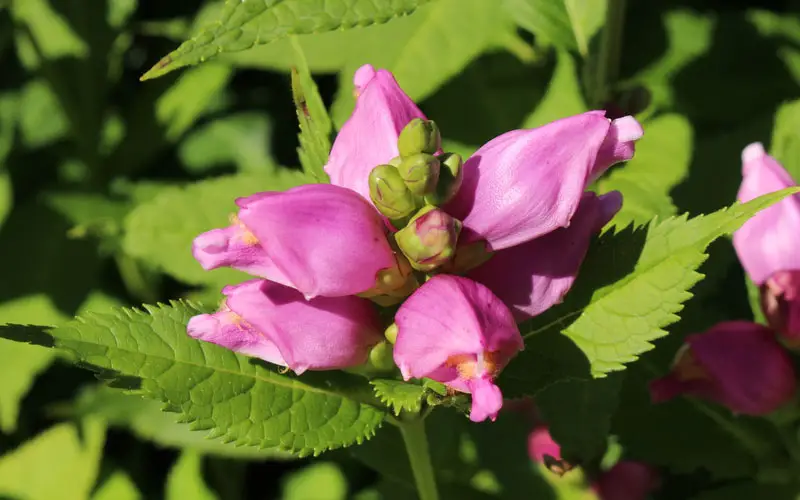
Soil Preparation
The key to successful turtlehead planting lies in preparing the soil correctly. They require rich, organic soil that retains moisture but drains well. Begin by amending the soil with well-rotted compost or organic matter to boost fertility and improve texture.
Ensure that the pH of the soil is slightly acidic to neutral for optimal growth. A soil pH of 5.5 to 7.0 is ideal. Adding a layer of mulch can help retain moisture and regulate soil temperature, benefiting the plant’s growth.
Planting Procedure
To plant turtlehead, dig a hole about twice as wide and as deep as the plant’s root ball. This allows the roots to spread comfortably. Remove the plant carefully from its pot, disturbing the roots as little as possible while placing it in the prepared hole.
Fill the hole back with soil and press gently to ensure there’s good contact between the roots and the soil. Water the plant thoroughly to settle the soil and remove air pockets. Regular watering is crucial, especially during the first growing season, to establish a strong root system.
Caring for Chelone Spp.
Caring for Chelone spp. involves providing adequate water, proper fertilization, and timely pruning for optimal growth. Each of these components plays a crucial role in maintaining healthy plants.
Watering Essentials
Chelone spp. prefer consistently moist soil and thrive best with regular watering. During dry spells or intense heat, they may require additional water to prevent the soil from drying out completely.
A good practice is to water them deeply once a week, ensuring that the water penetrates the root zone. Avoid allowing the soil to become waterlogged, as this might lead to root rot. Use mulching with organic materials to help retain soil moisture and keep roots cool, especially in warmer climates.
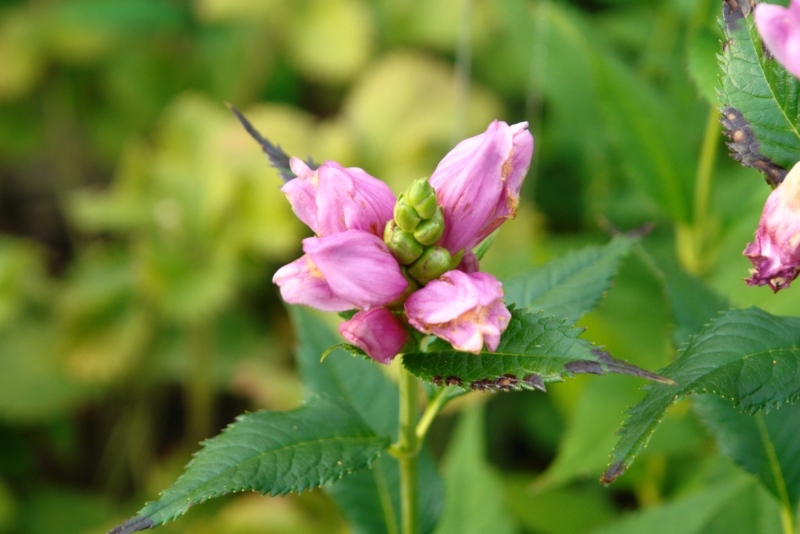
Fertilizing Tips
Applying fertilizer helps Chelone spp. achieve their lushest growth and vibrant blooms. Using a balanced, slow-release fertilizer in early spring promotes healthy foliage and flower development.
Consider using an all-purpose garden fertilizer with an equal ratio (e.g., 10-10-10) for even nutrient distribution. For organic options, well-composted manure or fish emulsion can provide gentle, slow nourishment. Be cautious not to over-fertilize, as too much can lead to poor flower production.
Pruning Practices
Proper pruning ensures that Chelone spp. maintain a tidy appearance and encourages bushier growth. In early spring, any dead or damaged stems should be removed to make way for new growth.
Pinching back young plant tips in spring can lead to a denser plant with more blooms. After flowering, shearing back the plants helps clean up their appearance and may encourage a late-season bloom. Cutting the plant down to the ground in late fall prepares it for its winter dormancy.
Common Challenges and Solutions
Growing turtlehead plants can sometimes come with challenges such as managing pests and preventing diseases. Addressing these issues is essential for maintaining healthy plants and ensuring vibrant blooms.
Pest Management
Turtlehead plants may attract pests like aphids and spider mites. These tiny creatures can damage foliage and stifle growth. Inspecting plants regularly helps in early detection.
Using insecticidal soap is an effective solution for aphids. For spider mites, increasing humidity around the plants can help deter them. It’s helpful to rinse leaves with water to remove pests physically.
Introducing beneficial insects like ladybugs can also serve as a natural control method. By keeping the garden environment balanced, pests are less likely to become a recurring problem. Consistently monitoring the plants is key to spotting any issues early on.
Disease Prevention
Providing good air circulation around turtlehead plants reduces the risk of diseases. Crowding can lead to issues like powdery mildew. Placing plants with enough space between them ensures airflow.
Watering at the base of the plants rather than overhead helps keep the foliage dry, minimizing fungal growth. Removing diseased leaves promptly is important to prevent the spread.
Using well-drained soil lessens the likelihood of root rot. If possible, apply a layer of mulch to regulate soil moisture levels. Regular maintenance practices and vigilance will help in keeping diseases at bay and ensuring healthy plant life.

